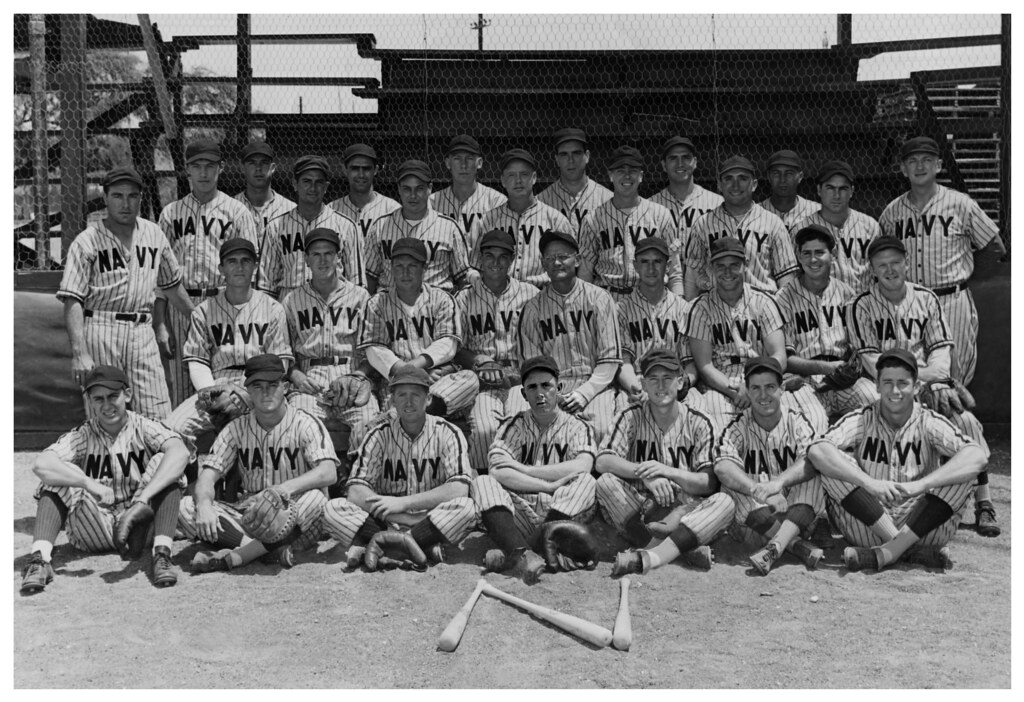Countless human behavioral usability studies have been conducted to determine how content is consumed across web and social media platforms. One consistent finding that emerges from these studies, regardless of the demographic category of the person being studied is that people do not actually read the text but rather scan and skim. Perhaps the most universal detriment of this behavior is that the most important information is often undetected or overlooked.

Countless usability studies conducted over the last decade reveal that internet users seldom read text on the computer, tablet, or smart phone screen.[1] In addition, human behaviors rely solely upon headlines and bullet points and forgo the substance found within the page content that all to often has little to do with the text that catches their eyes. News media tends to rely on this fact spending more effort on hooking audiences with headlines or product names (and photos) with the idea that the facts and details will be left unread. The same can also be said of nefarious individuals who count on prospective buyers to ignore facts and focus solely on the headline and photos.

Scenario:
A Google search for an artifact produces hundreds of results. Scrolling through the countless listings while skimming through each abbreviated description until you find a standout item that piques your interest. After reviewing the photos and description, the item meets your approval. With credit card in hand, you quickly walk through the buying process and click the “purchase” button. After several days of tracking the shipment, it finally arrives. You excitedly tear open the container, rifle through the packing material to lay hold of your eagerly anticipated item. Within moments you discover a problem and frustration begins to build. After a 20-minute search through your emails, you find the order confirmation and you are ready to contact the seller to confront them with their mistake. You carefully read through the information only to realize the mistake is your own and that you failed to read the entire product description.
Sound familiar?
Searching through online auctions, we observed a listing, for a “U.S. Special Services” wartime baseball. At first glance, the listing appeared to be straight forward, and the $22.00 opening bid amount was not unrealistic. The description, taken at face value, is convincing:
“This auction is for one (1) baseball, the gloves are shown for reference only. These balls where (sic) found in an old canvas US Army bucket that was 1944 dated along with the gloves shown. One glove is dated 1945 and stamped US Army, and the other glove is stamped special services US Army. The special services where (sic) greatly different in WW2 than they are today, back then they where (sic) in charge of recreation, and other “special items” for the troops. You will receive the ball pictured alone in the pics.”

Notice that the seller’s description mentions nothing about the baseball but is written to direct attention to the fielding leather and the bucket bag. Hopeful that the bidders are distracted away from the issues clearly visible on the baseball.
Viewing the series of photos within the listing, the image of the canvas bucket filled with baseballs and three WWII-era baseball gloves was prominent among the photos of the oddly dark ball that was being sold. With careful examination of the photos, one could easily detect that the ball was synthetically colored and that the oversized “US” stamp was applied after the ball was unnaturally darkened.
Two days after our initial viewing of the listing with the $22.00 minimum bid amount, five bids had been placed with the (then) current price sitting at $275.00 and there were still two more days remaining on the auction clock. It was obvious the prospective buyers were getting caught up in the bidding frenzy with absolute disregard for what the auction listing and photos conveyed.

With two days remaining on the auction clock, the bidding continued, driving the price further north. Sadly, this ball will arrive at its new home with the buyer having spent more than $535 on the acquisition with absolute certainty of its authenticity without conducting any due diligence.
A costly lesson is about to be learned.
See more about WWII baseball eBay fraud:
- These eBay Pitch-men are Tossing Spitballs at Unsuspecting Collectors
- *UPDATE: These eBay Pitch-men are Tossing Spitballs at Unsuspecting Collectors
[1] “Myth #1: People read on the web,” UXMyths (https://uxmyths.com/post/647473628/myth-people-read-on-the-web), accessed February 8, 2024.




Leave a comment